Market Trends
Key Emerging Trends in the Submucosal Injections Market
The Ascendant Influence of Hyaluronic Acid in Cosmetic and Personal Care Products In the contemporary landscape of the cosmetic and personal care industry, hyaluronic acid has risen to prominence as a standout ingredient, heralding a new era in skincare and beauty formulations. Renowned for its remarkable benefits for the skin, hyaluronic acid is reshaping the formulation landscape of beauty products, addressing diverse skin concerns. This exploration delves into the expanding role of hyaluronic acid in cosmetic and personal care items, unraveling its varied advantages and the escalating demand for its integration into a myriad of beauty formulations. Hyaluronic acid has gained widespread acclaim for its extensive array of skin benefits, ranging from alleviating dry skin to diminishing the appearance of fine lines, wrinkles, redness, and dermatitis. Its standout characteristic lies in its remarkable ability to retain over 1,000 times its weight in water within skin cells, positioning it as an unparalleled moisturizer. This distinctive attribute translates into enhanced skin hydration, boosted collagen production, robust defense against free radicals, and the preservation of skin elasticity. Functioning as an effective humectant, hyaluronic acid falls within the category of skincare ingredients known for their hygroscopic nature, drawing moisture from the surroundings. This quality plays a pivotal role in the creation of products that not only hydrate the skin but also lock in moisture, offering a lasting and revitalizing effect. The natural aging process initiates the depletion of collagen and hyaluronic acid in the skin, rendering it more susceptible to dehydration. External factors such as climatic conditions, ultraviolet radiation, and pollution contribute to the breakdown of the skin's protective barrier, facilitating the escape of moisture. The consequent surge in demand for hyaluronic acid arises as individuals seek solutions to replenish and sustain skin hydration. Supplements containing hyaluronic acid emerge as a preventive measure against water loss, supplying the body with an additional reservoir of hyaluronic acid for integration into the skin. Clinical studies advocate for an average daily dose ranging from 120 to 240 mg for at least one month, showcasing a promising solution for combating dryness and fostering overall skin health. The versatility of hyaluronic acid finds expression in its widespread application across an array of cosmetic and personal care products. These include facial creams, masks, serums, moisturizers, lipstick, eye shadow, foundation, shampoo, hair conditioner, styling gel, and more. The seamless incorporation of hyaluronic acid into these formulations underscores its adaptability and efficacy in addressing diverse skincare and beauty needs. Cosmetic products enriched with hyaluronic acid offer consumers not only aesthetic enhancements but also substantial skincare benefits. From reducing the visibility of aging signs to promoting a radiant and well-hydrated complexion, hyaluronic acid has become an indispensable ingredient for individuals seeking comprehensive skincare solutions.In conclusion, the surging prevalence of hyaluronic acid in cosmetic and personal care products signifies a paradigm shift in the beauty industry. Beyond its role in providing aesthetic improvements, hyaluronic acid-infused formulations make substantive contributions to skincare, tackling challenges related to hydration, collagen production, and overall skin health. As consumers increasingly prioritize effective and multifaceted skincare solutions, the influence of hyaluronic acid in beauty products is poised to expand, solidifying its status as a skincare powerhouse in the realm of cosmetics and personal care.

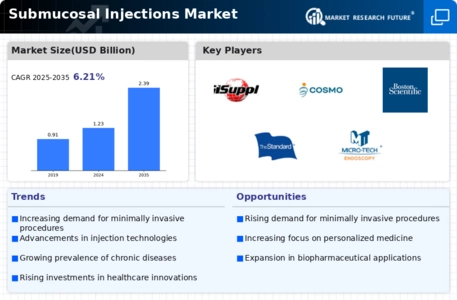
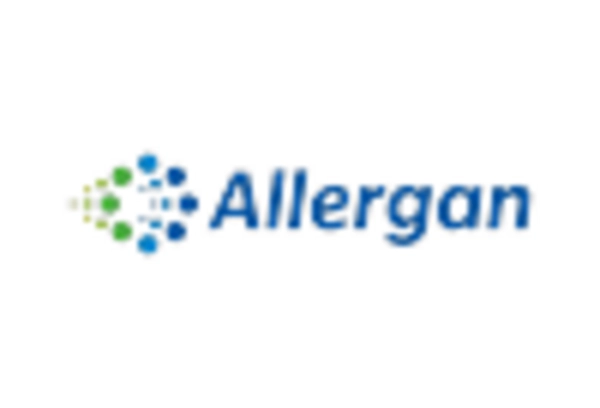
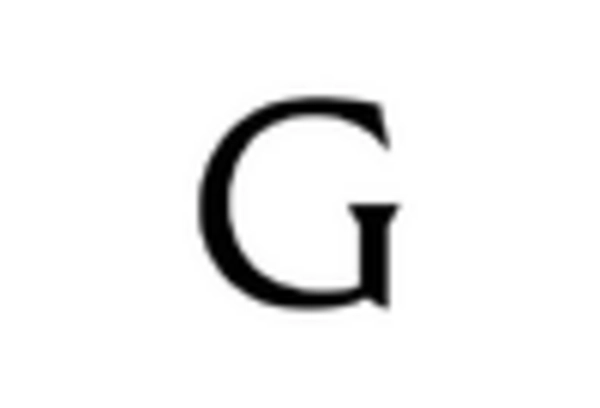
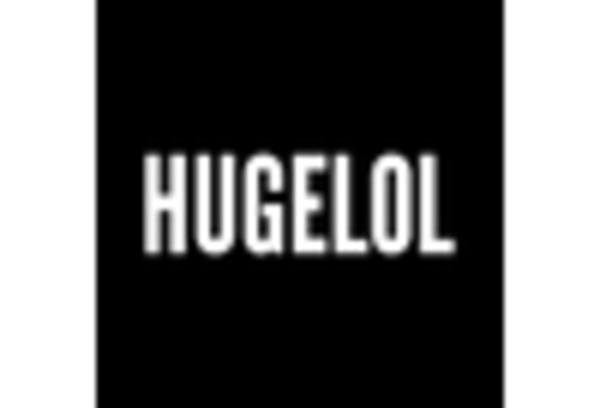
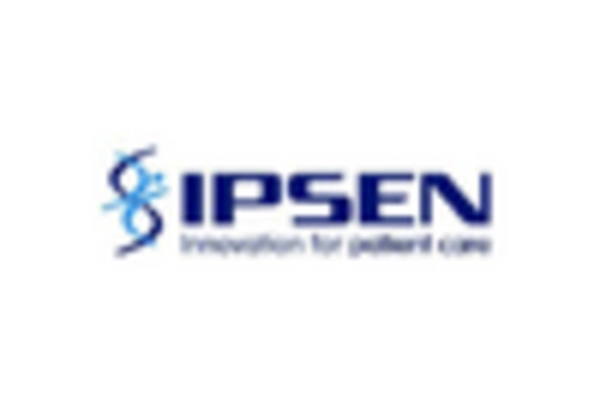
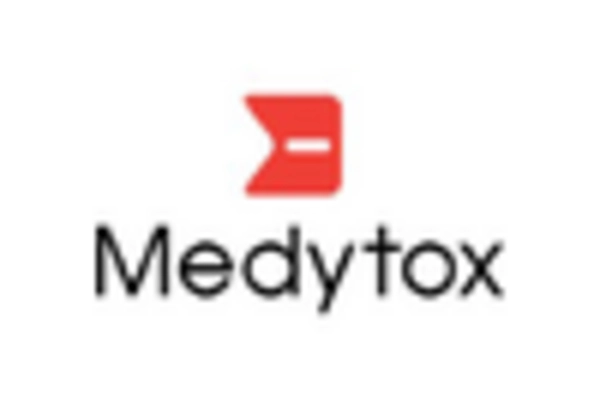
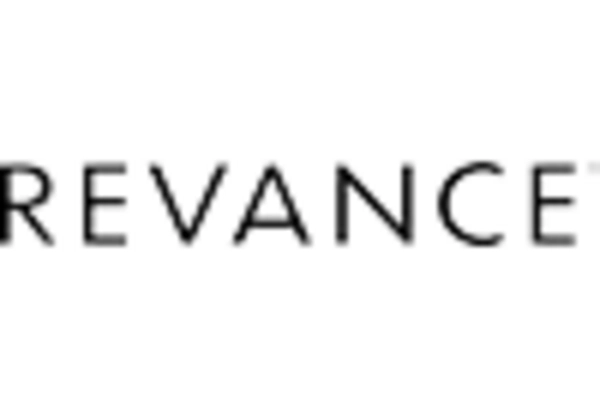









Leave a Comment